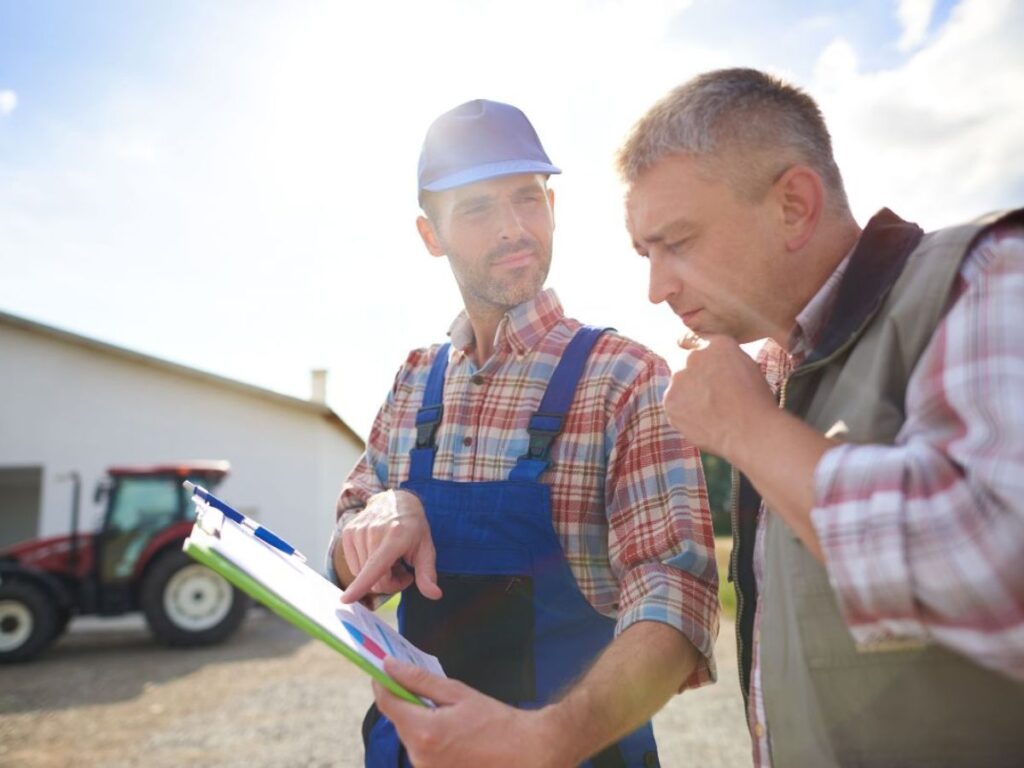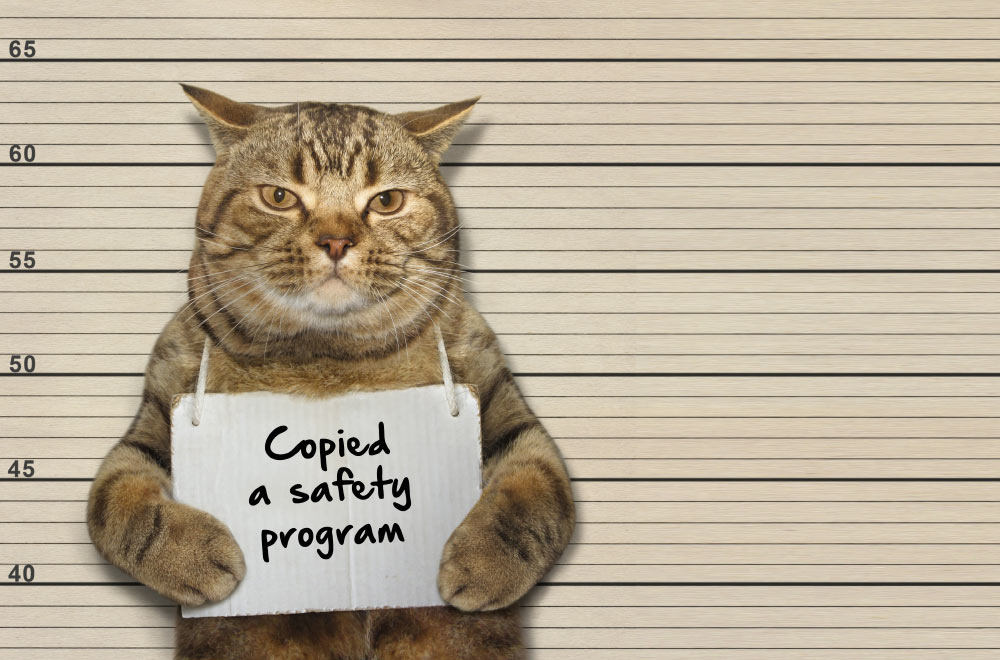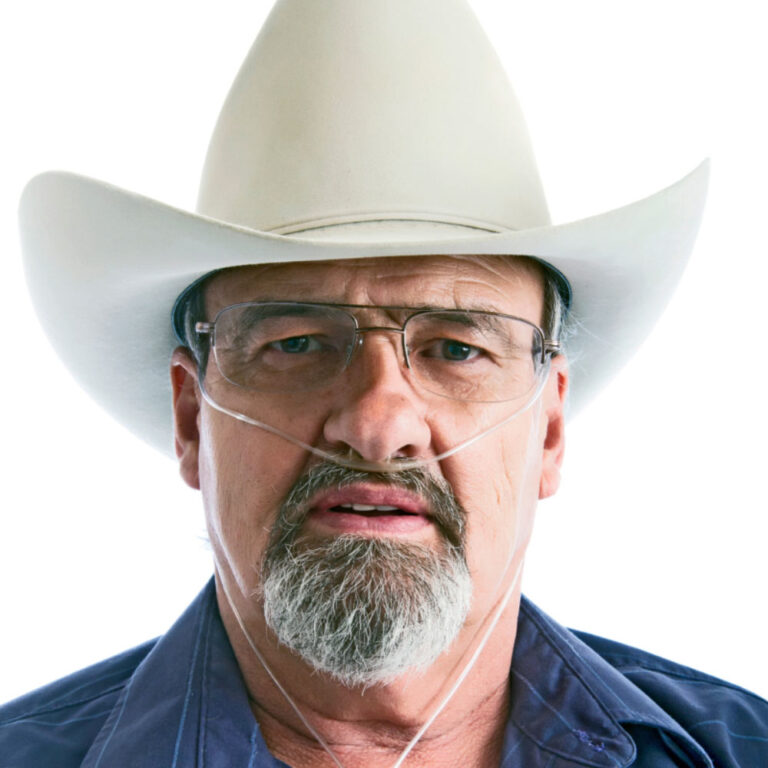
Special Announcement
Our Respiratory Protective Equipment (RPE)
Awareness Course Has Arrived!
Farming is filled with respiratory and atmospheric hazards. Respirators can help protect people from these hazards, but only if the proper steps are taken first, and the right type of respirator is used by someone who is both trained and competent!
The AgSafe Alberta Respiratory Protective Equipment Awareness Course is designed to help anyone living or working on an agricultural operation better understand respiratory atmospheric hazards, as well as respiratory protective equipment in general and its safe use. What makes this course different from many of the others available is that it is agriculture specific, it uses plain language wherever possible, and it provides practical examples relating to farming.
This course is for anyone who is (or may be) required to wear a respirator while working on the farm, individuals that supervise others who wear a respirator for their work and in addition to anyone who is unsure if they should be using respiratory protection and wants to learn more.
This awareness course contains more information than what you will commonly find in other “introductory level” awareness courses available today. This has been done to better support the learner in gaining essential knowledge (e.g., identifying respiratory hazards, recognizing what proper protection looks like, recognizing when they may not be protected, aiding them in knowing what questions to ask and when to seek help). This course will also further aid learners in becoming competent and help farm employers in meeting their legal obligations.
Click on the image below to sign up today!

If you have farm-specific health and safety questions or require support relating to health and safety on your farm, please contact AgSafe Alberta at info@agsafeab.ca.
You may be eligible for onsite farm visits and up to 10 hours of advisor support at no cost!
Why Farmers Need Respiratory Protection
All too often we fail to respect the hazards that we encounter regularly, especially when it can take years or even decades to recognize the effects of having been exposed to them. The association between respiratory disease and farming has been recognized for a very long time. Listed in the table that follows are some illnesses that can result from things one might come across frequently while working on the farm.
This is just a small sample of the reasons why we need to start taking measures to protect our respiratory system when working on the farm.

Farmwork Never Ends…
And Neither Does the Need for Safety

The work never ends with farming. In fact, most of you have likely already started planning for 2025. Hopefully, this planning includes health and safety.
To help you focus your planning efforts, here are some statistics from our province. Keep in mind that it will be a while before the 2023 Alberta Occupational Health and Safety data is available, so for now, we will look at the 2022 statistics.

AgSafe Alberta offers all types of tools and resources to help you with the planning and achievement of your health and safety goals; visit agsafeab.ca today!
A “One Size Fits All” Approach Puts Farms At Risk

For a health and safety program to be effective, it must be farm specific.
No two farms are exactly alike. This includes the type of farm, size of operation, products used, machines used, hours of work, farm layout, available resources, etc. Policies, procedures, hazard assessments, training requirements, contractor management plans, and other items will need to be tailored to each individual operation. What is created and used will have to make sense for the farm and the people working on it.
From a legal standpoint, it is important to remember that any policies and rules put in place will need to be both reasonable and justifiable. If they are not, they may be considered discriminatory and result in other financial and legal issues. This requirement of being both reasonable and justifiable is critical when developing farm rules, establishing safety-sensitive positions, creating fit for duty policies and addressing accommodation measures for injured or disabled workers.
Similarly, if you find a work procedure or another document that was created by someone else and adopt it as your own without making any changes, you again may be taking on unnecessary risk. This can result from the statements made in a document created for someone else:
• Not being suitable for how things are done for your farm.
• Not applying to the particular machines and equipment that you use.
• Referring to tools, training or resources that you do not have available.
• Possibly violating what is required by OHS legislation.
You will want to ensure that your farm’s policies and procedures are tailored to your operation, align with OHS legislation, and that you are doing the things you say that you are. Remember, there may come a day when these documents will need to be given to an OHS officer and could ultimately even be brought into a courtroom. Without thoughtfully developed, farm-specific documents in place, you may have a hard time defending yourself and using another farm’s policies and procedures could create legal challenges.
Lastly, remember that the health-and safety-related documents you create don’t have to be perfect, but they do need to make sense for your operation and, when used, help keep the people on your farm safe.
Ian Chitwood’s Article
Is a 2024 Best of CAMA Finalist!

Ian Chitwood, Chair of the AgSafe Alberta Board of Directors, had an op-ed published in The Western Producer earlier this year entitled Older farmers must emphasize safety. AgSafe Alberta is very pleased to announce that is article has been nominated as a 2024 Best of CAMA finalist!
In case you missed it, you can read the full article here: http://https://www.producer.com/opinion/older-farmers-must-emphasize-safety/
CONTACT US


